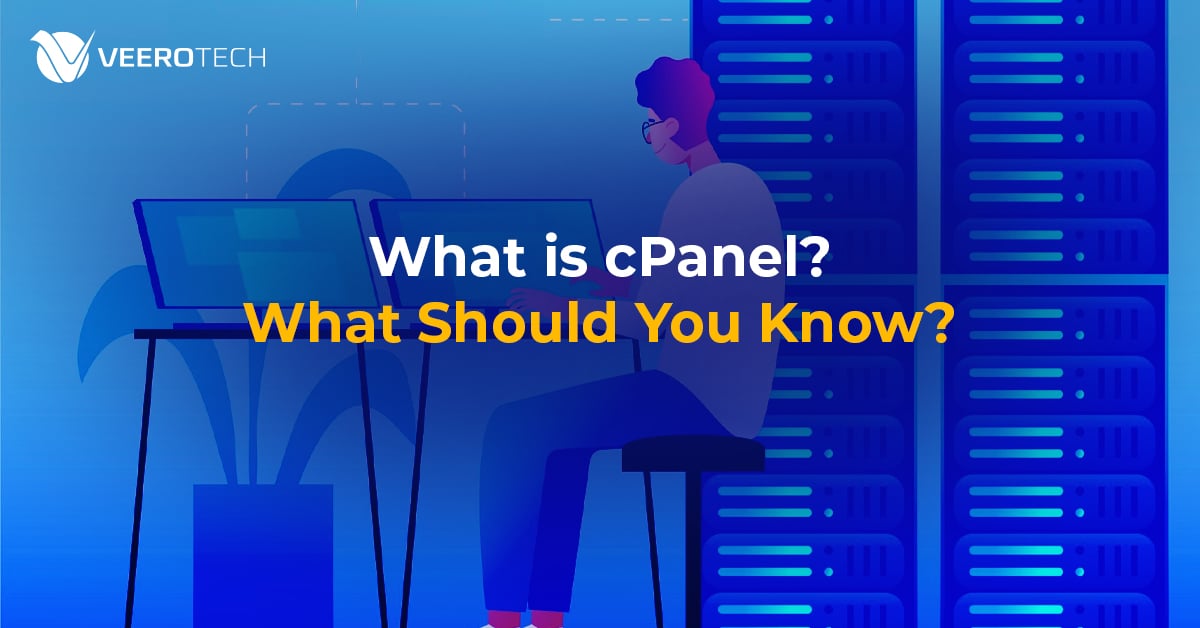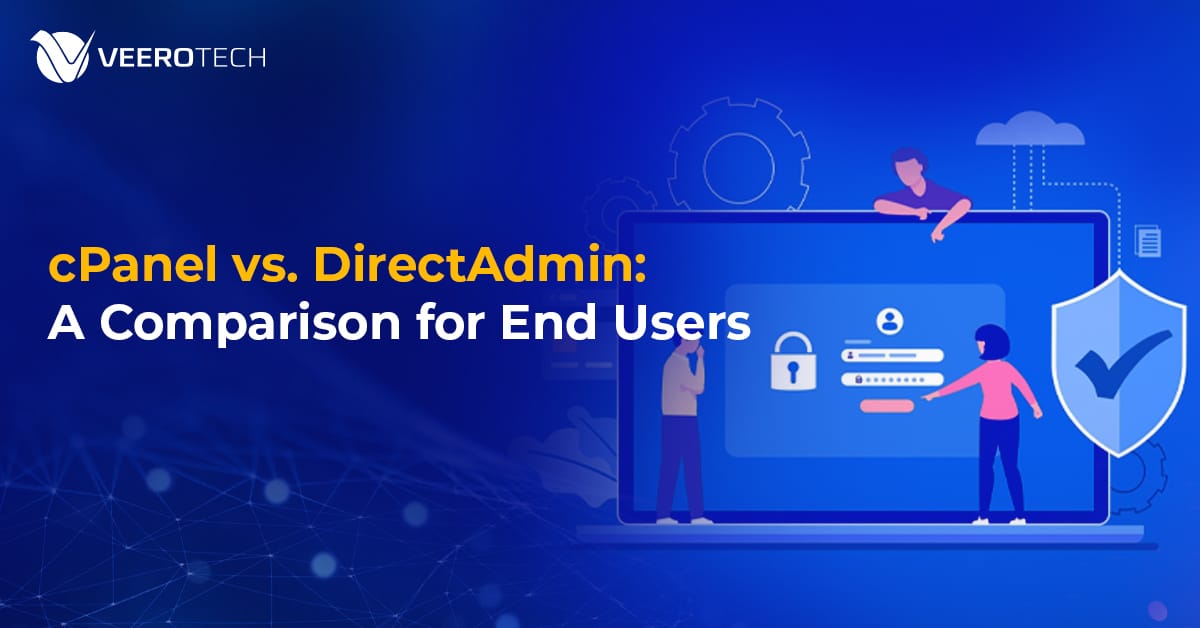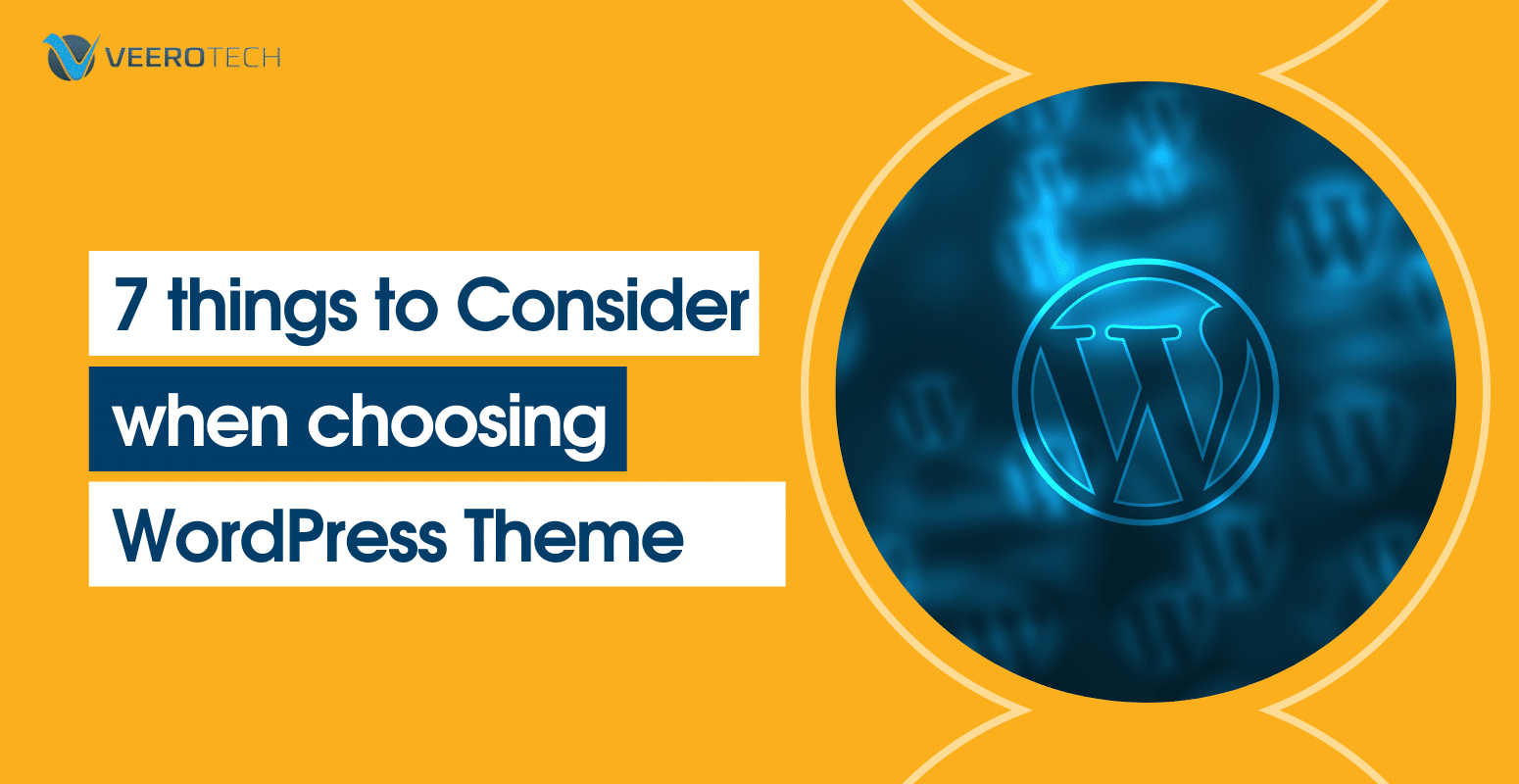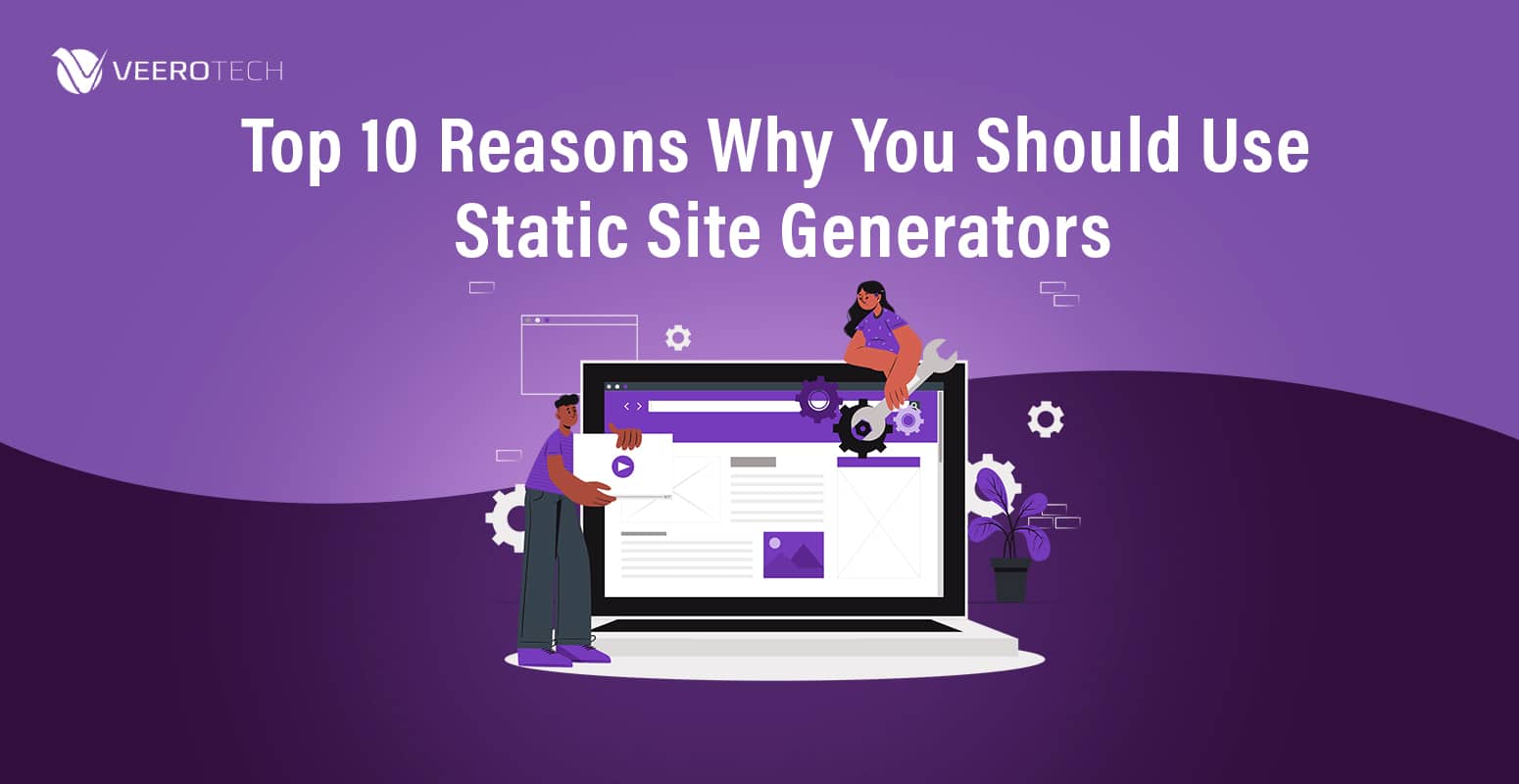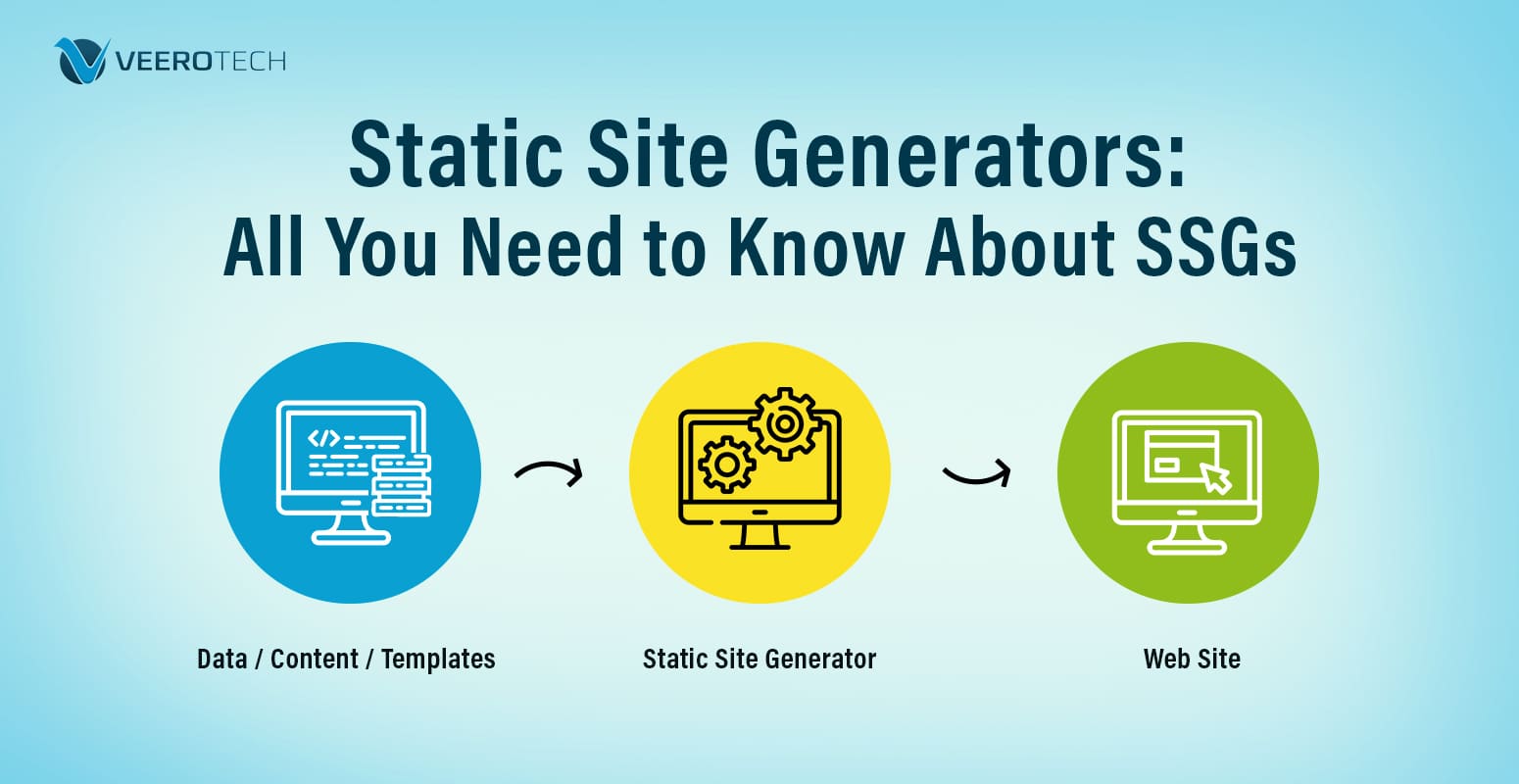A robust web hosting control panel is essential for website owners and developers. Because of its solid performance, comprehensive feature set, and easy-to-use interface, cPanel has become dominant among the many solutions available. Understanding cPanel can significantly simplify your website maintenance responsibilities, regardless of your level of experience managing many sites or starting out trying to build your online presence.
This blog post will explain what cPanel is, how it functions, its main attributes, advantages, and even some of its substitutes. Once you’ve read this article, you’ll know why cPanel is still a popular option for web hosting.
What is cPanel?
cPanel is a web-based control panel that makes website hosting easier with its graphical user interface and automation features. It was created to simplify website administration for non-technical users. Now, cPanel has grown into a robust platform that millions of people utilize globally.
A Brief History of cPanel
After its initial release in the late 1990s cPanel quickly gained popularity due to its ease of use and efficiency. Designed for Linux-based web hosting environments, cPanel provides tools that allow users to manage domains, email accounts, databases, and files with just a few clicks. Its longevity and continual updates have cemented its reputation as a reliable solution in the ever-changing world of web hosting.
The Evolution of cPanel
The initial releases of cPanel were mainly used for file transfers, email account management, and domain management. It evolved over time to incorporate advanced functions like performance monitoring, automated backups, security tools, and one-click installations.
These days, cPanel is a feature-rich control panel that can be used in any hosting environment and is suitable for bothskilled developers and novice website owners.
Why is cPanel So Popular?
The following factors contribute to the significance of cPanel:
- It is Easy to Use
The distinguishing functionality of cPanel is that it is easy to use. Even if one lacks technical skills, cPanel’s organized dashboard eases the process of managing your website’s hosting configurations. The platform does not need extensive training or technical assistance. Instead, the dashboard is easy to navigate with labeled tools such as menus and icons.
- Feature Set is Well Defined and Provided
cPanel has done a great job in terms of covering nearly every aspect of a website with the portfolio of services they offer:
- Domain Control: Helps manage several domains and subdomains effortlessly through addition/deletion.
- Electronic Mail Control: Providing and handling email accounts, setting up forwarding devices and configurating automated responses.
- Files Control: Utilize the file manager to upload, edit, and organize the website files seamlessly.
- Databases Control: Provide the Creation and administration of MySQL or PostgreSQL databases through knowledge of cost-effective management phpMyAdmin.
- Security Control: Install SSL certificates, set up firewalls and supervise your site’s security.
- Simple Setups: Famous applications such as WordPress, Joomla, and Drupal can be put in place in one click.
- Automated and Time Management Features
Thanks to cPanel’s automated features, website owners may save innumerable hours. Backups, software installations, and updates can be automated, guaranteeing that the site runs perfectly with little manual engagement.
- Popularity and Community Assistance
Because cPanel has been in the hosting business for so long, there are many users and developers of cPanel. This means that many tips, tutorials, forums, and other support are available for you so that you can solve problems easily and master new skills.
Core Features of cPanel
Knowing the core components of cPanel allows you to maximize its use. Below are some of the most important ones.
- Dashboard and Navigation
The cPanel dashboard allows you to access everything you need to manage your website quickly and easily. It is organized into different sections, including Files, Databases, Domains, Email, and Metrics. Each section contains tools and features that assist in carrying out specific actions. The easy-to-understand arrangement means that even people who have not tried web hosting before can use the panel without any problem.
- File Management
Managing your website’s files has been made simple with cPanel’s File Manager. With this tool, you can:
- Upload and Download Files: Add or easily take files from your server.
- Edit Files: Alter your website code right from your browser.
- Organize Files: Maintain your website by deleting, moving, creating, and renaming folders and files.
- Email Management
Setting up and managing email accounts is an essential part of website management. cPanel provides robust email tools that let you:
– Create Email Accounts: Set up custom email addresses for your domain.
– Manage Spam Filters: Configure spam filters to keep unwanted emails at bay.
– Set Up Forwarders and Autoresponders: Ensure you never miss essential communications with automated responses and email forwarding options.
- Domain Management
Cpanel makes it easy to manage different domains and subdomains. Whether you need to add a domain, create a subdomain, or even manage redirects, cPanel has tools that simplify the process. This broad scope is especially useful for companies with several business websites.
- Database Management
For those websites that are more dynamic and integrated with a database, cPanel also provides powerful database management features. With MySQL® or PostgreSQL®, you can:
- Create and Manage Databases: Quickly set up and configure databases for your website.
- Access phpMyAdmin: Use phpMyAdmin to manage your databases using a web-based interface.
- Security Features
Web security is a concern for all websites. cPanel consists of various features to help ensure the safety of the website:
- SSL/TLS Management: Install and manage SSL certificates to encrypt data in transit.
- IP Blocker: Block specific IP addresses to stop unwanted users from accessing the website.
- Hotlink Protection: Prevent other sites from hotlinking your files and wasting your bandwidth.
- Backup and Restore
Regular backups are crucial to restore your website in case of data loss. cPanel’s backup tools allow you to take full or partial backups
- One-Click Installations
For users who want to install popular applications without hassle, cPanel’s one-click installation feature is a game-changer. Whether you’re installing WordPress, Joomla, or other CMS platforms, the process is streamlined to get your site up and running quickly.
The Benefits of Using cPanel
If you’re looking for an easy way to manage your website, cPanel is a great option. It’s user-friendly, packed with useful features, and works well for beginners and experienced users. Here’s why cPanel makes website management so much easier:
- Super Easy to Use
cPanel has a simple, well-organized layout, so you don’t have to waste time figuring things out. Everything you need is right before you, making it easy to manage your website without any hassle.
- All-in-One Management
With cPanel, you can handle everything in one place—checking website performance, managing security, and making updates. There’s no need to jump between different platforms; it’s all there in one convenient dashboard.
- Saves You Time
Thanks to automation and one-click installations, cPanel helps you get things done faster. Whether running a small blog or a business website, you’ll spend less time on setup and maintenance and more time focusing on what matters.
- Grows with Your Website
As your website gets bigger, cPanel can handle the extra load. It’s built to support growing websites, so you won’t have to switch to another system when your traffic increases.
- Keeps Your Website Safe
Security is a big deal, and cPanel makes it easy to protect your site. With just a few clicks, you can set up SSL certificates, block spam, and configure firewalls—no technical knowledge is required.
- Plenty of Help Available
Since cPanel is widely used, there are many resources to help you. Whether it’s a tutorial, a community forum, or support from your hosting provider, you’ll always have help when you need it.
With cPanel, managing your website is simple, secure, and stress-free. It’s a wise choice that makes running a website easier for everyone!
How to Get Started with cPanel
If you’re ready to explore cPanel for your web hosting needs, here are some practical steps to get started:
- Choose a Hosting Provider
Many web hosting providers thesedays offer cPanel as part of their hosting packages. When selecting a hosting provider, consider factors such as uptime guarantees, customer support, and the range of features offered. Providers like VeeroTech, Bluehost, HostGator, etc, are well-known for offering cPanel-enabled hosting solutions.
- Learn the Interface
Once you’ve signed up for a hosting plan, take the time to familiarize yourself with the cPanel interface. Most providers offer a guided tour or tutorials that cover the basics of file management, email setup, and domain management, which will help you.
- Set Up Your Website
With cPanel, setting up your website is very straightforward:
– Domain Setup: Point your domain to your hosting provider and configure any necessary DNS settings.
– Install a CMS: Use the one-click installation tool to install your preferred content management system (CMS) like WordPress.
– Upload Files: Use the File Manager to upload website files and manage your site’s structure.
- Configure Email and Security Settings
After your website is up and running, don’t forget to set up email accounts and configure security features. Create custom email addresses for your domain, install an SSL certificate, and enable any additional security measures your hosting provider offers.
- Regular Maintenance and Backups
Finally, establish a routine for maintaining your website. Update software regularly, manage backups, and monitor security settings through cPanel to ensure your website remains secure and runs smoothly.
Advanced cPanel Features for Power Users
While cPanel is renowned for its ease of use, it also offers a suite of advanced features that appeal to power users and developers:
- Cron Jobs
Cron jobs allow you to schedule automated tasks on your server. Whether running a script at a specific time or generating periodic reports, cron jobs can help you automate routine tasks, thereby reducing manual tasks.
- Error Logs and Metrics
Understanding what’s happening behind the scenes is crucial for website optimization. cPanel provides detailed error logs and metrics that can help you identify and troubleshoot issues quickly, ensuring your website runs efficiently.
- Custom Scripts and APIs
For those with coding expertise, cPanel can run custom scripts and integrate with APIs. This flexibility allows you to extend the functionality of your website and even develop custom applications that interact directly with your server environment.
- Resource Management
Advanced users can monitor server resource usage directly from cPanel. Tools that track CPU usage, memory allocation, and disk space will help ensure that your website is running optimally and alert you to potential issues before they become critical.
cPanel Security: Best Practices You Should Know
Security is very important when it comes to website hosting. cPanel offers a variety of tools and best practices to help keep your website safe from potential threats:
- Regular Updates
Keeping your cPanel installation and all related software up to date is one of the most important security measures. Regular updates ensure you have the latest features and security patches, which are crucial for defending against vulnerabilities.
- SSL Certificates
Installing an SSL certificate secures data transfer between your server and your visitors and improves your website’s credibility. cPanel simplifies the process of installing and managing SSL certificates, making it easier than ever to secure your site.
- Strong Passwords and Two-Factor Authentication
Enforce strong password policies and enable two-factor authentication (2FA) to provide an additional layer of security. cPanel’s interface makes it straightforward to update these settings, ensuring that only authorized users have access to critical functions.
- Monitor Access Logs
Regularly review your access logs to identify any suspicious activity. By keeping a close eye on login attempts and other server activities, you can quickly detect and mitigate.
How Veerotech Leverages cPanel
At Veerotech, cPanel is more than just a tool—it’s a strategic asset that powers our commitment to delivering seamless, high-performance web hosting solutions. By integrating cPanel into our infrastructure, we provide clients with an intuitive and robust platform that simplifies website management while ensuring top-notch security and scalability.
Streamlined Website Management:
Veerotech utilizes cPanel’s user-friendly interface to enable quick and efficient website setups. The comprehensive dashboard allows our team to easily manage domains, email accounts, databases, and file systems, reducing the time spent on routine administrative tasks. This streamlined management process means faster website deployment and quicker resolution of technical issues, ensuring minimal downtime and an optimal user experience.
Automated Solutions for Enhanced Efficiency:
Automation is a key component of Veerotech’s operational strategy. With cPanel’s powerful automation tools—such as one-click installations and backups—we minimize manual intervention, thereby reducing the risk of errors and ensuring that updates and security patches are applied correctly. This enhances operational efficiency and guarantees that our clients’ websites remain secure and up-to-date.
Advanced Security Measures:
Security is a top priority at Veerotech. cPanel’s robust security features, including SSL/TLS management, IP blocking, and real-time monitoring, allow us to safeguard our clients’ websites against potential threats. By leveraging these tools, we provide a secure hosting environment that protects sensitive data and maintains the integrity of each site hosted on our platform.
Scalability and Flexibility:
As businesses grow, so do their web hosting needs. cPanel’s scalable architecture aligns perfectly with Veerotech’s vision for growth. The platform’s ability to manage multiple domains, support increasing traffic, and integrate with various third-party applications ensures that our solutions evolve alongside our clients’ businesses. This flexibility allows us to cater to diverse clients—from small startups to large enterprises—with confidence and precision.
Enhanced Client Support:
With cPanel’s user-friendly features and extensive documentation, Veerotech’s support staff is prepared to help customers troubleshoot and optimize their websites. The vast cPanel community and resource network enhance our support capabilities by allowing us to address problems and offer proactive suggestions for continuous enhancements promptly.
By leveraging cPanel, Veerotech enhances its operational efficiency and empowers clients to take control of their digital presence with a reliable, secure, and user-friendly hosting solution. This commitment to excellence and innovation continues to set Veerotech apart in the competitive landscape of web hosting and digital services.
The Future of cPanel and Web Hosting Control Panels
Our online presence management tools are constantly changing along with technology. The future of cPanel and related web hosting control panels looks like this:
- Enhanced Automation
Automation features will continue improving, with more tasks streamlined through artificial intelligence and machine learning. This will not only reduce the administrative burden on website owners but also help predict and mitigate issues before they arise.
- Increased Integration
As websites become more complex, integrating different tools and platforms will become even more critical. Future iterations of cPanel are likely to offer deeper integration with cloud services, third-party APIs, and advanced analytics tools.
- Improved Security Measures
Security threats constantly evolve, and control panels like cPanel must keep pace. Expect to see even more robust security features, including advanced threat detection, automated vulnerability scanning, and enhanced encryption protocols to safeguard sensitive data.
- User-Centric Design
While cPanel is already known for its user-friendly interface, future updates will likely focus on even greater usability and customization options, allowing users to tailor the dashboard and tools to fit their needs.
Conclusion
In summary, cPanel is an essential component that makes website management more effortless. It is much more than just a web hosting control panel. Users of different skill sets can take charge of their online presence with cPanel’s intuitive interface, broad feature set, and strong security measures. cPanel provides the resources you need to succeed in the modern digital world, whether managing several domains or building your first website.
We hope this comprehensive guide has provided valuable insights into cPanel and what you should know about it. Embrace the power of cPanel and enjoy a seamless, efficient, and secure web hosting experience.
This blog post has been crafted with SEO optimization in mind. It incorporates key phrases and structured headings to enhance search engine visibility while providing a thorough, informative guide on everything you need to know about cPanel. Enjoy exploring and mastering your website management with cPanel!

